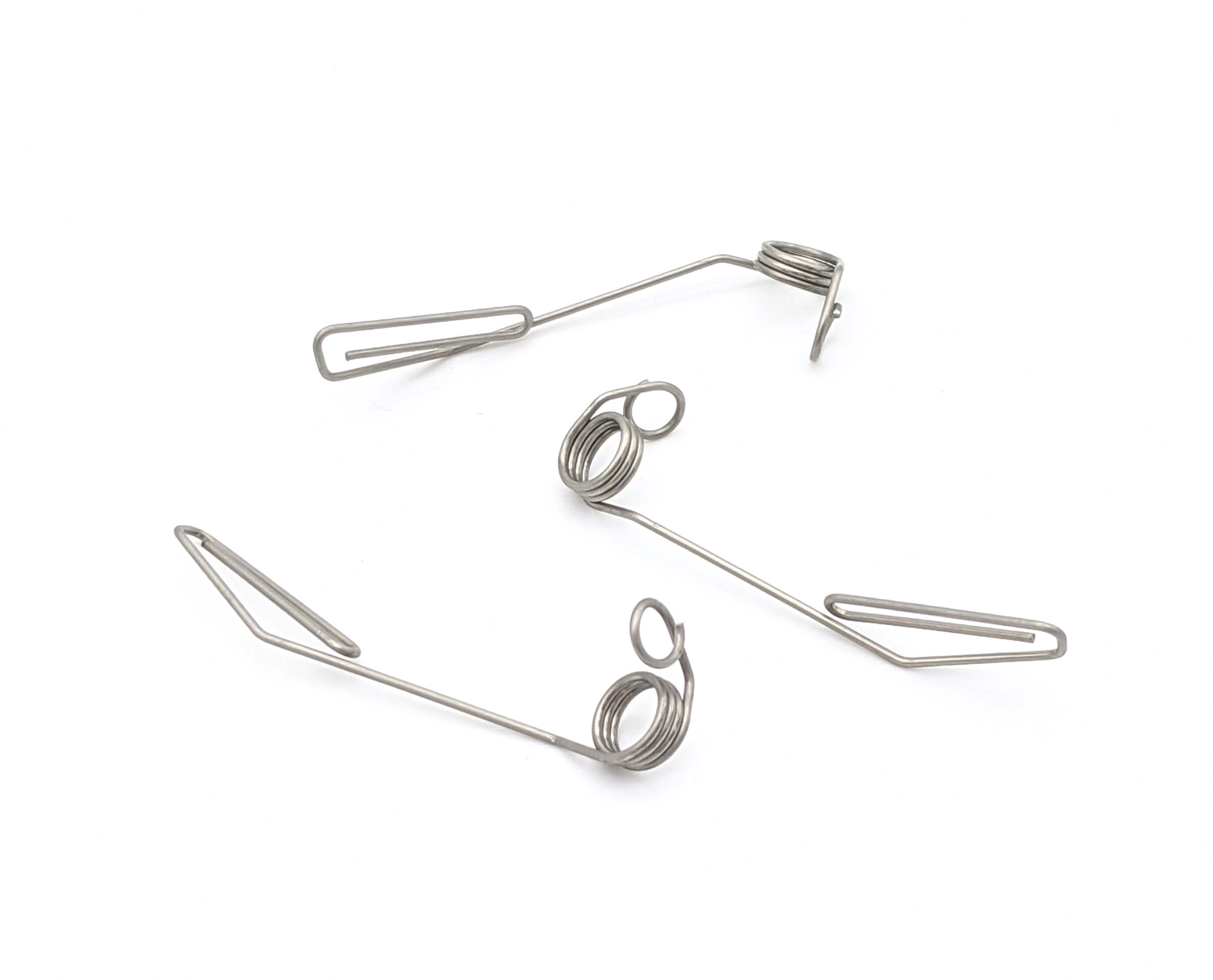Get unique, complex parts easily. No matter your requirements, Chaoyi Spring creates hard-to-produce coil springs and wire forms.
Let us help you create the custom wire form you need, from S-hooks and J-hooks to utility hooks and more.
We work closely with customers across a wide range of industries, helping them design and manufacture made-to-order parts.
Why choose Chaoyi Spring? We prioritize customer-focused collaboration, modern equipment and the latest technology to make your parts per print.
Find the information and guidance you need, from measuring a spring to learning about materials, placing an order and much more.
When it comes to mechanical devices, springs play a crucial role in providing the necessary force and motion. Among the diverse types of springs, torsion springs and tension springs stand


When it comes to mechanical devices, springs play a crucial role in providing the necessary force and motion. Among the diverse types of springs, torsion springs and tension springs stand out as common choices for various applications. While they share the fundamental function of storing and releasing energy, they differ significantly in their design, operation, and applications. Understanding these differences is vital for engineers and designers to choose the right spring for their specific needs.

Torsion springs, as the name suggests, operate based on the principle of twisting. Imagine a spring that you can twist, like a door hinge. When you apply a force to the spring's end, it twists, storing energy. This stored energy is then released as the spring returns to its original position, providing a rotational force. Torsion springs are often found in applications that require rotational motion, such as garage doors, retractable pens, and some types of machinery.
The defining characteristic of a torsion spring is its ability to generate a torque, which is a twisting force. This torque is proportional to the angle of twist, meaning the more you twist the spring, the greater the torque it will generate. This makes torsion springs ideal for applications where precise control over rotational movement is required.
Tension springs, on the other hand, function by stretching. They are typically elongated and have hooks or loops at both ends. When you pull on a tension spring, it stretches and stores energy. As the spring returns to its original length, it exerts a pulling force. Think about the spring in a retractable dog leash or a spring-loaded door closer. These are examples where tension springs provide a pulling force to keep the system in check.
Tension springs, unlike torsion springs, are designed to withstand tensile loads, meaning they are strong against pulling forces. Their ability to stretch and store energy is directly related to the tension applied. The greater the tension, the more energy the spring stores, and the greater the force it exerts upon release. This makes tension springs perfect for applications requiring a pulling force, such as clamping mechanisms or lifting devices.
Here's a table summarizing the main differences between torsion springs and tension springs:
| Feature | Torsion Spring | Tension Spring |
|---|---|---|
| Load Type | Torque (twisting force) | Tensile force (pulling force) |
| Operation | Twisting | Stretching |
| Typical Applications | Garage doors, retractable pens, machinery | Retractable leashes, door closers, clamping mechanisms |
| Energy Storage | Rotational energy | Potential energy |
| Force Output | Torque | Pulling force |
Selecting between a torsion spring and a tension spring is crucial for any design project. The choice depends entirely on the specific requirements of the application. Here's a breakdown of some key factors to consider:
When in doubt, consulting with a spring specialist or a qualified engineer is always recommended. They can help you assess the application's specific needs and recommend the most suitable spring type.
In conclusion, understanding the differences between torsion springs and tension springs is essential for choosing the right spring for your needs. While they share the basic function of storing and releasing energy, their distinct characteristics and applications set them apart. By carefully analyzing the specific requirements of your design, you can ensure that you select the optimal spring to achieve the desired performance and ensure a smooth and reliable operation of your device.
Browse some of the custom wire forms and springs that we manufacture. Don’t see what you need? We specialize in made-to-order products that meet your application requirements.
Visit Our GalleryNeed a custom wire form or coil spring? We make it work. Fill out the contact form and a representative will respond within 1 business day. If you have a PDF or CAD file, you can submit to request a quote.